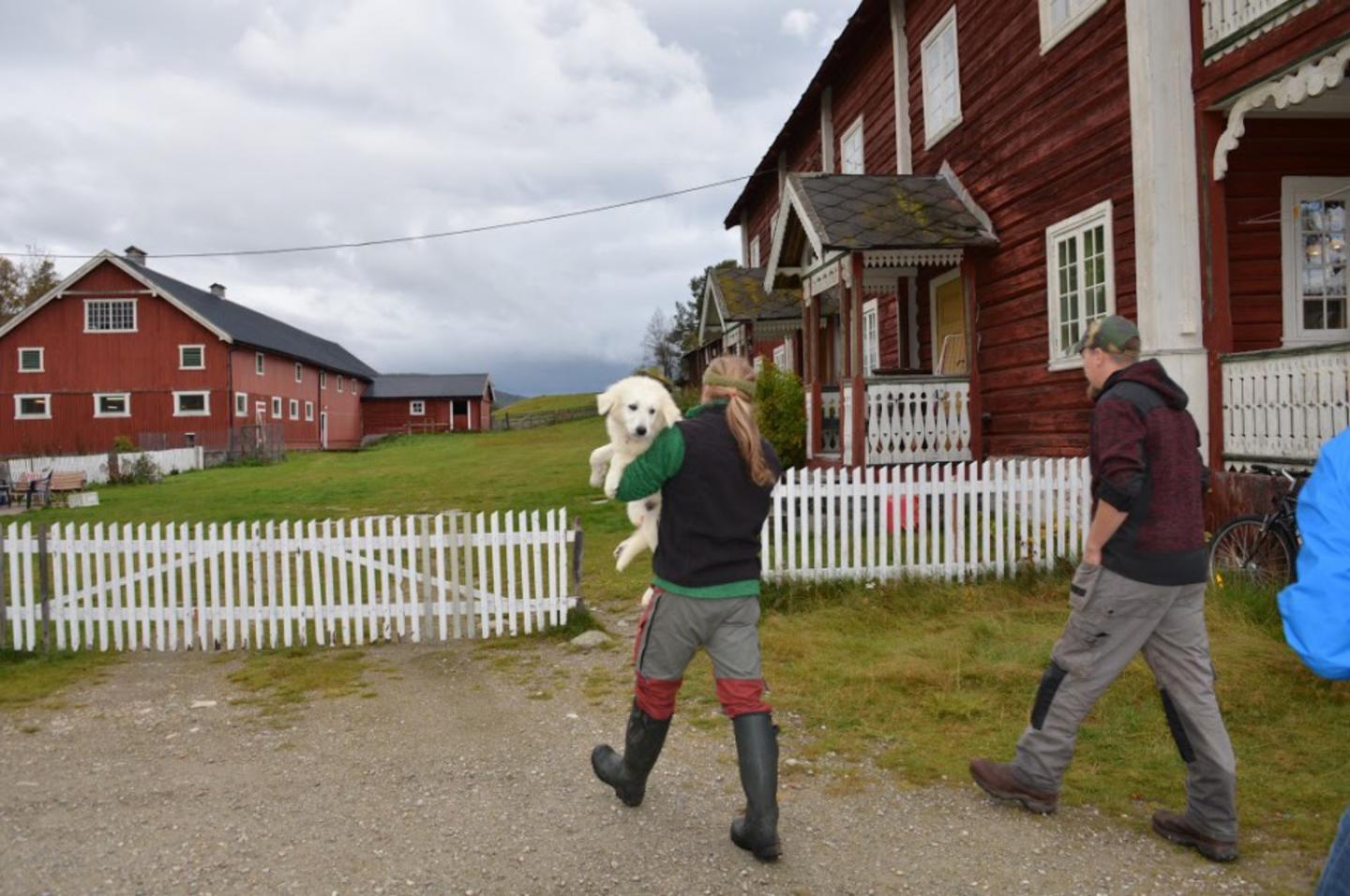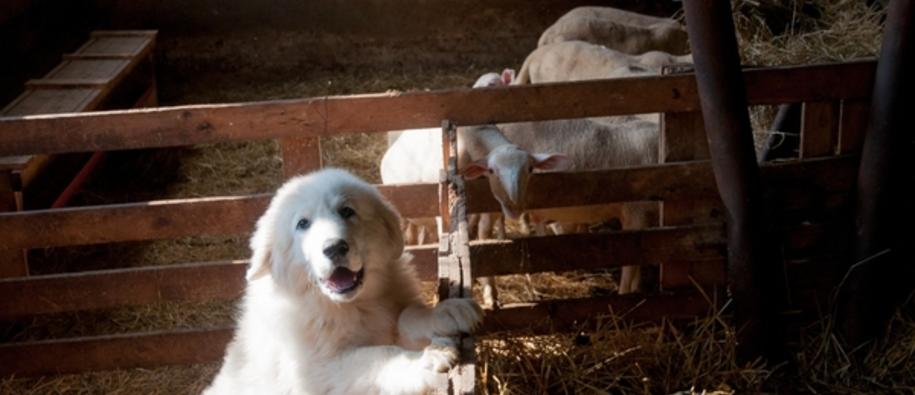Such predators kill livestock, especially sheep, in very large numbers. In Norway it can be 10-30% of the flock annually. Farmers are understandably frustrated by this and have been known to ‘strike back’, taking the law into their own hands. So, the question is, how do we find a balance between the protection of wildlife, farming livestock, and land management issues created by grazing requirements, all in compliance with international agreements?
Throughout history, the wolf and bear have been both admired and feared. In recent centuries however, the delicate natural balance of coexistence has been altered and farmers’ struggles with these powerful predators has led to their eradication and in many areas, their extinction. By contrast, the last few decades has seen a change in European attitudes to animal welfare, with both domestic and wild animals, becoming of ever greater interest, among the general public, politicians and biodiversity experts. This is evidenced by a change in how these predators are portrayed in popular culture – not only as bad savage animals – as well as by the increasingly progressive conservation legislation.
Managing conflict
The question is, are we able to satisfy everybody? Is there a way to let the large predators live in selected areas while keeping flocks of sheep safe from excessive loss? In the project ‘Promoting biodiversity through improved management of conflict situations between large carnivores and humans’, some pieces of the puzzle have started to come together and it seems that the project has the potential to produce rather interesting results.
Slovak students at Evenstad, in conjunction with Norwegian friends and tutors, have arranged cooperation between the Carpathian Wildlife Society in Slovakia, Friends of the Earth Hedmark (Naturvernforbundet i Hedmark) and IMSA Knowledge Company in Norway, all of which are interested in the use of natural resources and potential conflict solutions. The parties have come together in a project to compare experience in sheep farming and the devastation caused by wild predators in the two countries, and to seek to implement practical solutions and share them with the interested public.
“Whether opposition to the presence of carnivores is rational or irrational, we all have an obligation to seek solutions that may assist all parties in the conflict,” said Mr. Fiňďo, coordinator of the project.
Sharing knowledge
One of the ways in which sheep can be protected from predators is by allowing guard dogs to run among the flock. Historically, farmers used this method; however it was abandoned after the Second World War. In fact, this is how the large shepherding guard dogs such as the Slovak Cuvac and the Caucasian Shepherd came to be bred. It has since been repeatedly proven that the presence of large dogs significantly discourages large predators from attacking. It is important however, that these dogs are specially bred to be reliable, protective and bonded with the flock.
The project, which has used three different breeds of guard dogs, has apparently already started to fulfil one of its goals by capturing the public’s imagination. When three Slovak Cuvac puppies were sent to a farm situated in the Rondane National Park in Norway, it made the Norwegian news. The project’s goal is not only to change the way farmers protect their flocks of sheep on five farms that in total manage a large area of more than 3,000 hectares, but to also significantly increase understanding of this issue both in Slovakia and Norway by fostering public discussion and to ultimately contribute to the conservation of large carnivores.

